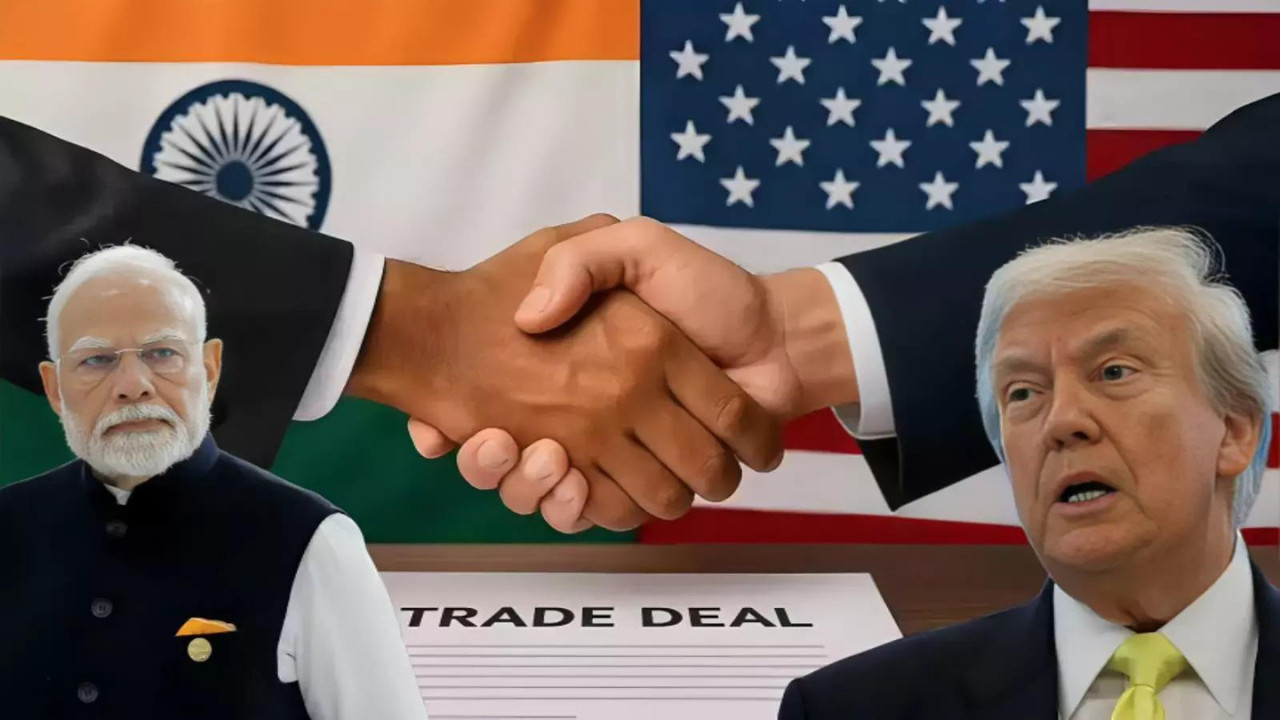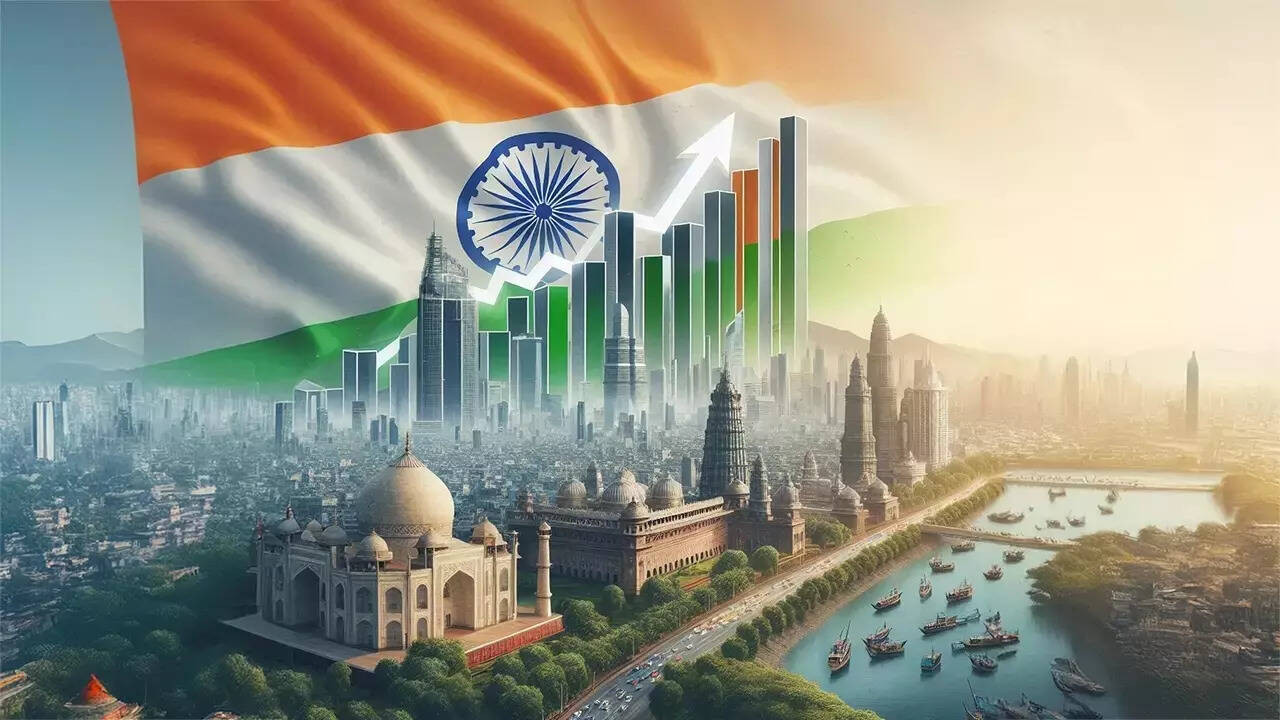The Nuclear Club: A Look Beyond the Numbers
Alright, let’s talk about something that’s both fascinating and, let’s be honest, a little terrifying: nuclear power. Not the clean energy kind (though that’s a vital conversation too!), but the “end of the world as we know it” kind. We often hear whispers and numbers thrown around – who has what, and how many. But I wanted to dig a little deeper, to move beyond just the stark statistics and understand what these figures really mean.
Because, frankly, just knowing the number of warheads each country possesses doesn’t tell the whole story. It’s a complex web of geopolitical strategy, technological advancements, and a whole lot of historical baggage.
So, the headlines are buzzing, particularly around India edging ahead of Pakistan in terms of estimated nuclear arsenal size. And yes, the Times of India article lays out the raw data – Russia and the US continue to dominate, followed by China, France, and the UK. But numbers on a page don’t capture the simmering tension, the strategic calculus, and the inherent instability that these weapons represent.
Let’s break down the key players, shall we?
The Usual Suspects: Russia and the United States
It’s no surprise that Russia and the United States remain at the top of the list. They are the inheritors of the Cold War arms race, burdened (or empowered, depending on your perspective) by massive stockpiles. We’re talking thousands of warheads, a truly staggering figure. Their arsenals aren’t just about quantity, though. It’s also about technological sophistication: delivery systems that can bypass defenses, and miniaturized warheads that can be deployed in a variety of ways. The implications? A frighteningly efficient and far-reaching capacity for destruction.
China’s Quiet Rise
China’s nuclear capabilities are perhaps the most intriguing story. While they lag behind Russia and the US in sheer numbers, they’re investing heavily in modernizing their arsenal. There is also an increasing lack of transparency which always raises alarms and is leading to increased skepticism from the West. The direction in which China is growing, and the implications of China’s power in general, is definitely something worth keeping a close watch on.
The European Trio: France, UK, and the Security Blanket
France and the UK, while possessing significantly smaller arsenals compared to the giants, maintain their nuclear deterrents as a cornerstone of their national security policies. This is inextricably linked with NATO, providing a “security blanket” of sorts in a turbulent world. The debate constantly simmers: are these weapons truly necessary for security, or do they contribute to a dangerous cycle of proliferation? There are certainly two sides to this coin.
South Asia’s Tightrope Walk: India and Pakistan
Now, let’s turn to South Asia. The India-Pakistan dynamic is arguably one of the most precarious nuclear flashpoints in the world. The two nations have fought multiple wars, and their shared border remains heavily militarized. The fact that India is estimated to have a slightly larger arsenal than Pakistan is significant, but it’s really about the perceived balance of power and the constant threat of escalation. The real question is whether these weapons serve as a deterrent or an accelerant in this volatile relationship. It’s a difficult reality to ignore.
The Enigma: Israel
Finally, there’s Israel. The “worst kept secret in the world,” Israel’s nuclear capabilities are widely suspected, but never officially acknowledged. This policy of “nuclear ambiguity” is designed to deter potential adversaries without explicitly confirming possession. It’s a tightrope walk, playing a crucial role in the regional power dynamics of the Middle East.
Beyond the Numbers: What Does It All Mean?
So, we have the numbers. We have the players. But what does this all mean? Here’s the thing: numbers alone don’t tell the whole story. We need to think about factors such as:
* Delivery Systems: How accurate and reliable are the missiles, submarines, and aircraft used to deliver these weapons?
* Command and Control: Who has the authority to launch these weapons, and how secure are those decision-making processes?
* Geopolitical Context: What are the relationships between these countries, and what are the potential triggers for conflict?
* Deterrence vs. Use: Is the purpose of these weapons truly to deter aggression, or are there scenarios where they might actually be used?
Ultimately, the existence of nuclear weapons is a chilling reminder of humanity’s capacity for self-destruction. While international treaties and arms control agreements aim to limit proliferation and reduce stockpiles, the underlying tensions and strategic calculations remain. These numbers serve as a stark warning to us all, and a reminder that we need to prioritize dialogue, diplomacy, and a relentless pursuit of peace.







